The OM System OM-5 II doesn’t have a big full-frame sensor, AI autofocus, 8K video or any of the other headline-grabbing features of the latest pricey cameras.
What the micro four thirds (MFT) model does have, however, goes right under the radar in the midst of all this tech-obsessed frenzy – it’s a camera that’s perfectly designed for travel photography. And we’re not talking specs, for once, but actual, physical design.
So what makes the OM-5 II so special that we recently put it in top spot of our best travel cameras guide? Quite a lot, actually. Let’s take a look…
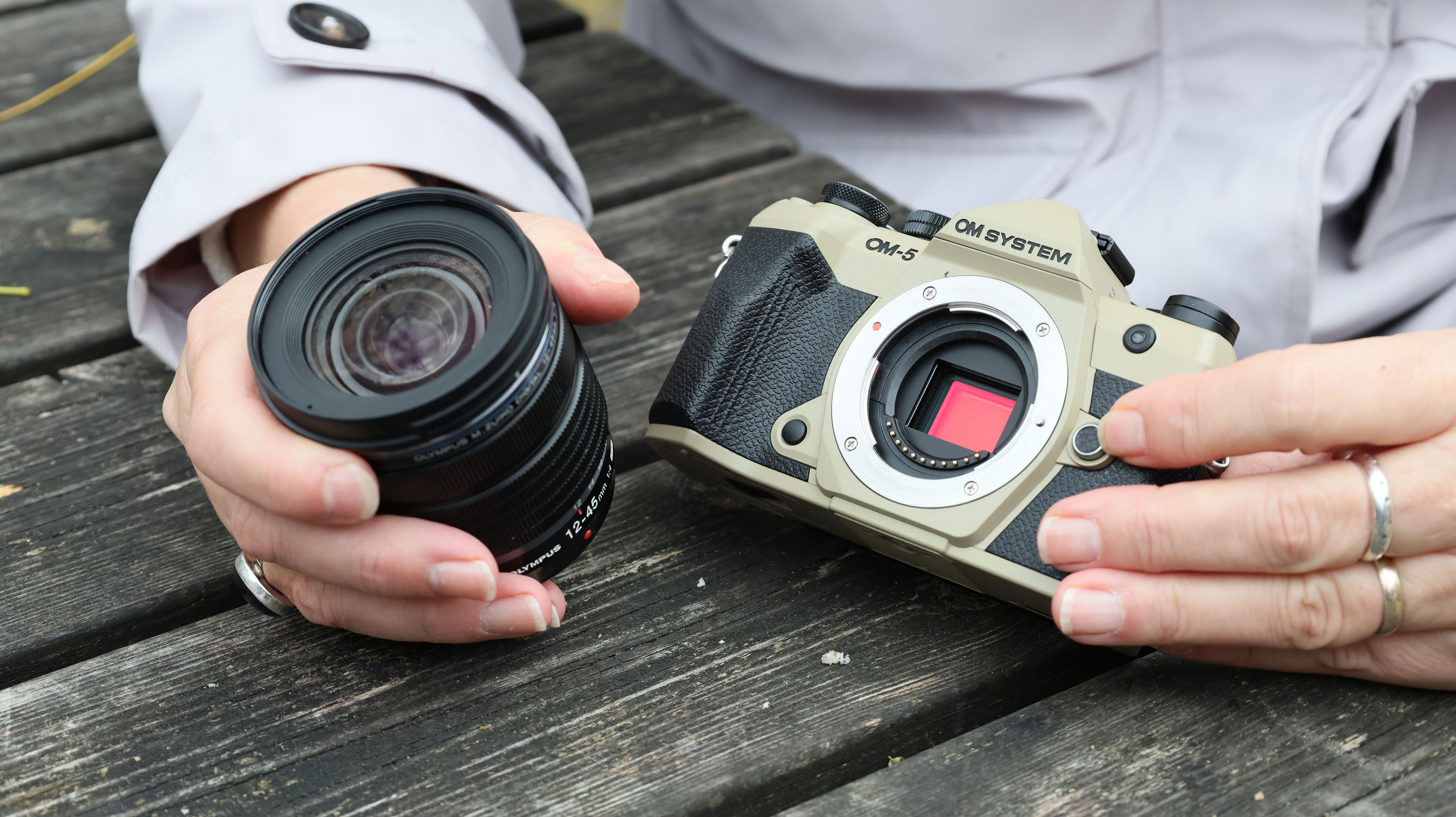
1. Size and portability
We don’t need to explain the advantages of a small, portable camera system when travelling. It’s less weight to carry, it takes up less space in your camera bag and it’s less arm-strain to hold at your side and keeping bringing to eye level for shooting.
Now fans of APS-C and full-frame cameras will point out that the OM-5 II body is really not a lot smaller or lighter than a lot of rivals. That’s perfectly true. But the lenses are much smaller, and since it’s tricky to shoot anything without a lens, that’s a major point for travel photography.
Two examples come to mind. The M.Zuiko 12-45mm f/4 kit lens sold with this camera offers a 24-90mm equivalent focal range (pictured). There are no equivalent kit lenses on other formats that are as small and as light as this one (or as good – this is one of OM System’s Pro lenses). Or how about the M.Zuiko 25mm f/1.8 II? This is a 50mm equivalent prime lens that’s absolutely tiny. And it’s weather-sealed too, which brings me to my next point…
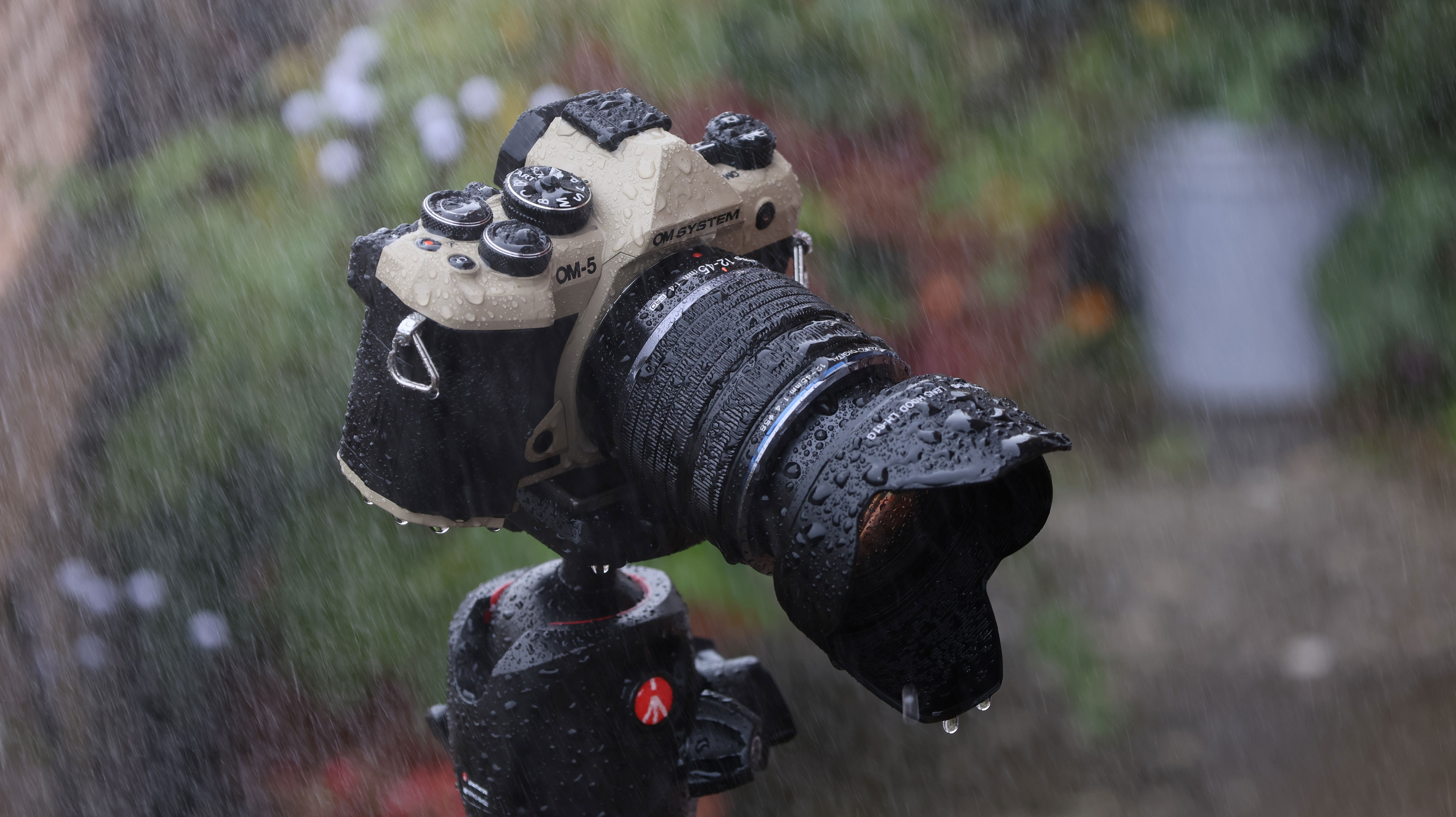
2. Weather-sealing
You might not worry too much about weather-sealing in normal photography – after all, if it’s raining you just wait, or go out another day. But when you’re travelling, every day, every hour is unrepeatable. If it’s raining, you can’t go back another time. You have to take every shooting opportunity as it comes and celebrate the conditions, not hide from them. Weather-sealing is not a very sexy spec, but when you need it, you need it, and both the OM-5 II and many OM lenses are weather-sealed, including the 12-45mm f/4 kit lens.
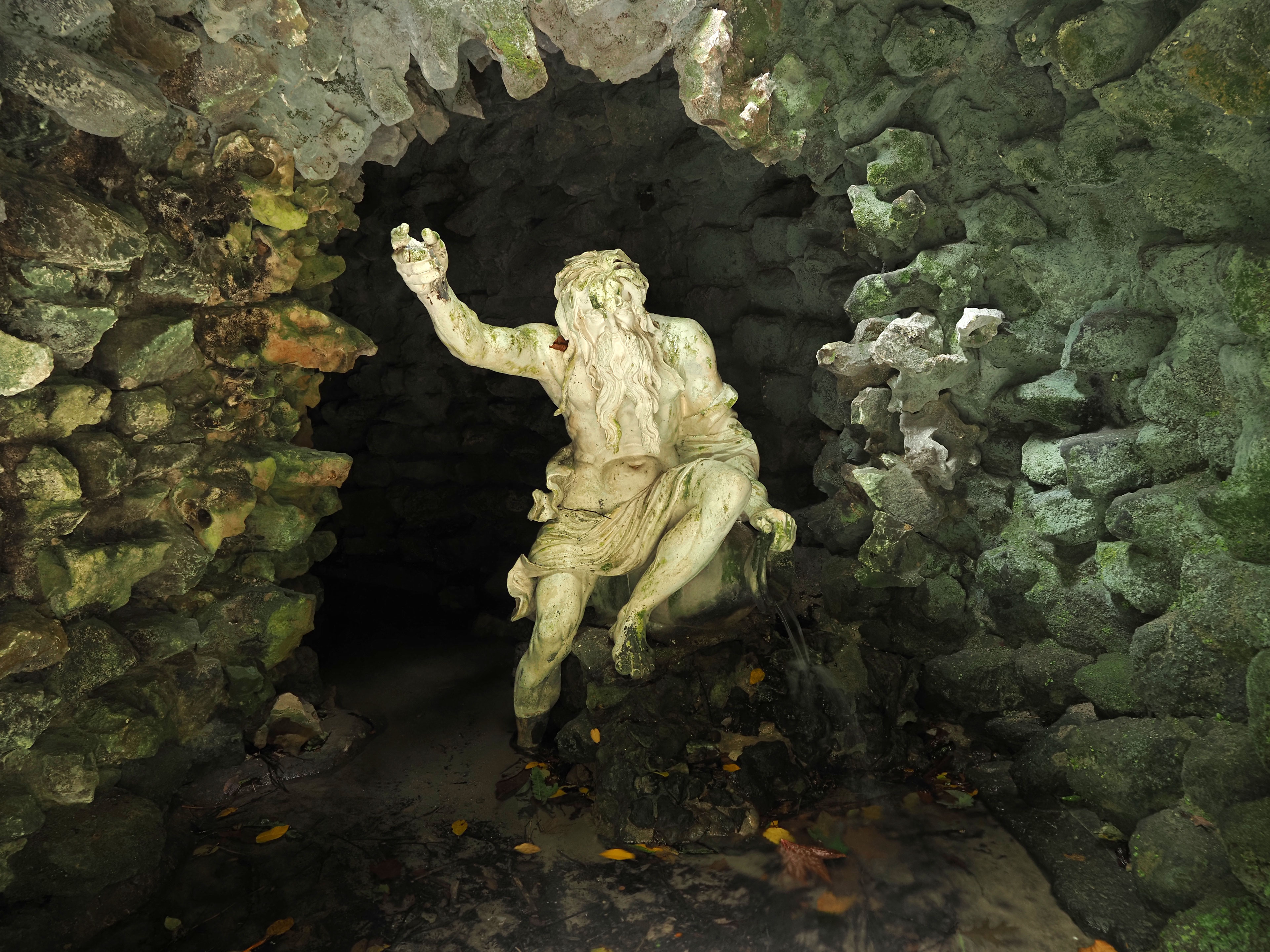
3. One of the best stabilization systems around
You’ll read a lot of camera makers’ CIPA-rated in-body image stabilization (IBIS) claims that might suggest all modern cameras are as good as each other, but what happens in the lab isn’t always reflected in real life, and it’s clear from practical experience that the smaller MFT sensor in the OM-5 II has significantly more effective stabilization than larger sensors.
Camera makers’ official figures are always flattering, best-case scenarios; but in practice, the OM-5 II reliably delivers almost all of its claimed shake compensation, not just some of it in ideal circumstances (mentioning no brands).
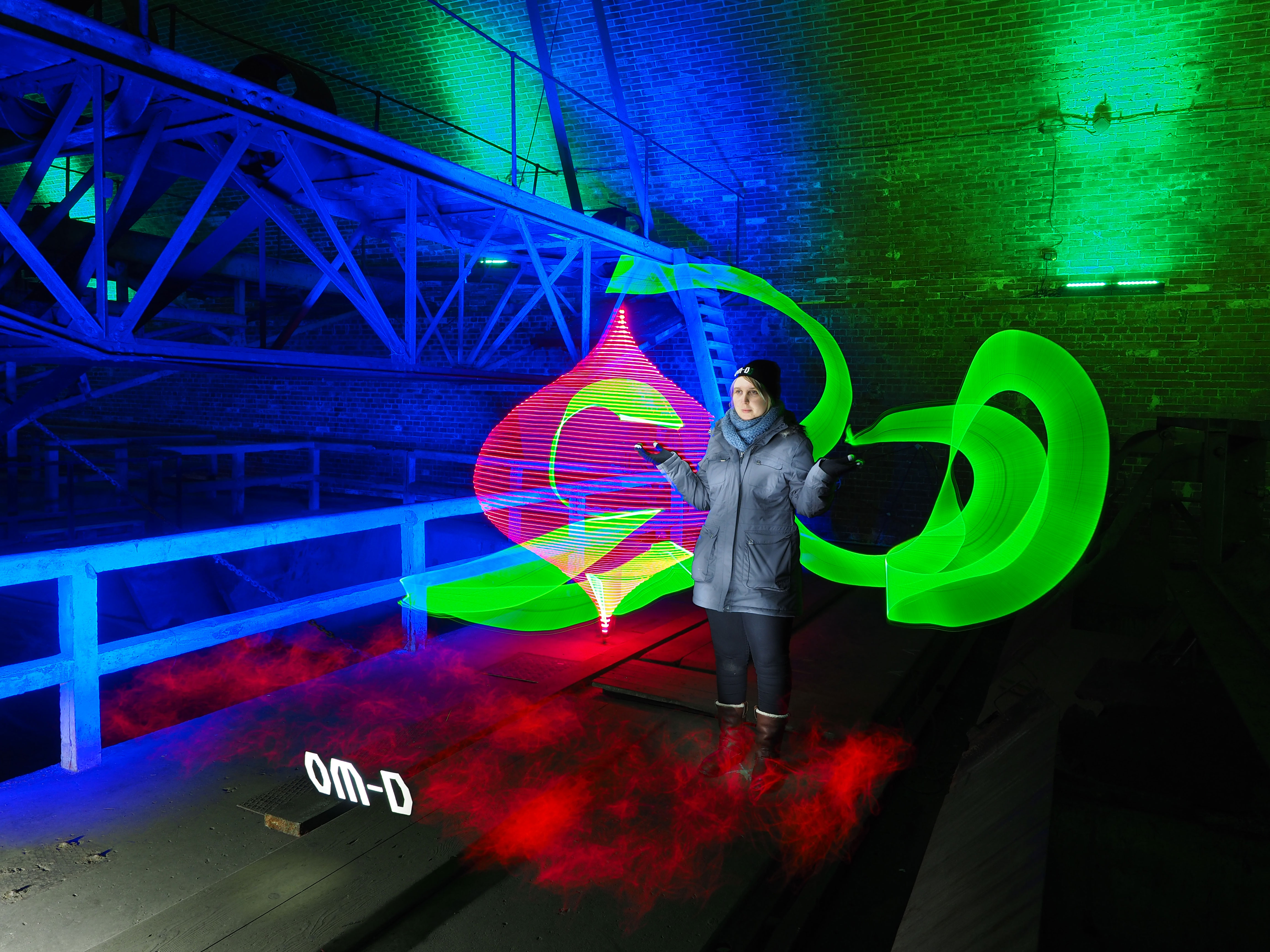
4. Computational features
If you’ve never used OM Systems’ computational photography features, you might think they’re just a gimmick that you’ll never use. But they grow on you, and they are especially effective for travel photography.
The Live Bulb is brilliant for neon-lit cityscapes at night because you can see the exposure build live, on the back of the camera. You’ll need a tripod, but hey, with all the weight you’ve saved with this system, you won’t mind a tripod so much!
• Check out our guide to the best travel tripods.
There’s also a Live Composite mode that’s perfect for traffic trails without overexposure, because once it’s recorded the correct ambient exposure it only adds ‘new’ light from moving traffic.
There’s Starry Sky AF if you want to try your hand at astrophotography, and there’s also in-camera focus bracketing for close-ups. If you want to add some movement blur to daytime shots, the Live ND mode will offer up to 4 stops slower shutter speeds (it’s not like having a 10-stop ND filter, but it still helps), and if you’re worried that 20MP won’t be enough for a once-in-a-lifetime cityscape or interior, use the 80MP high-res mode – it delivers a big jump in detail (the 80MP tripod mode is better than the 50MP handheld mode, to be fair).
The OM-5 II’s computational modes might sound like gimmicks if you’re coming to the OM brand for the first time, but actually they extend this camera’s abilities and versatility enormously.
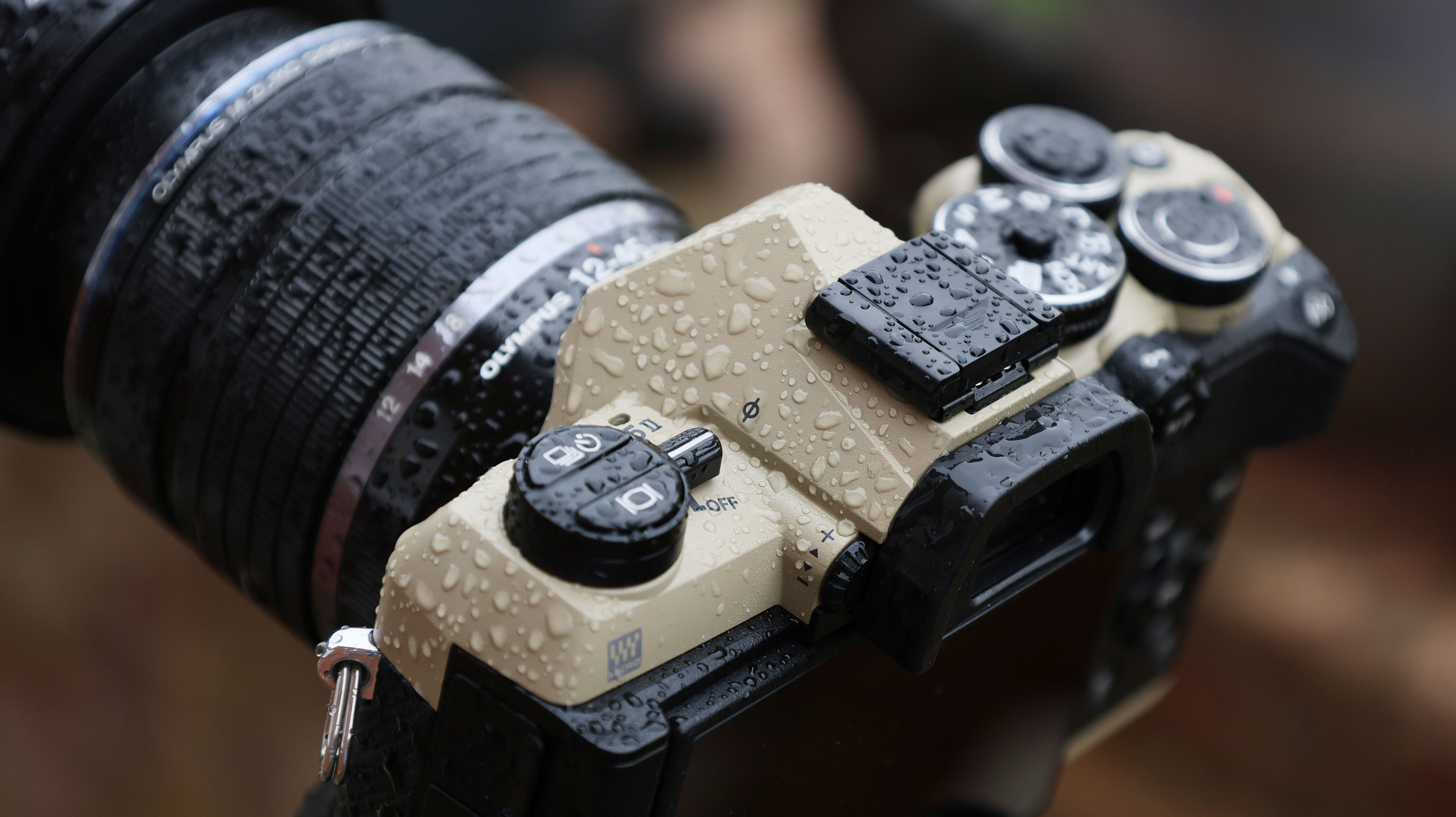
5. Cost
Travel can be a hazardous business. Sometimes you’re leaning off the side of a boat, sometimes you’re dodging pickpockets, sometimes you have to sling your bag in the back of a bus and hope it’s still there when you get out again. It can be a worry, and if you take really, obviously expensive gear on your travels, it can be difficult to enjoy the moment without worrying about your camera.
Personally, I’d love to come back from a trip with shots taken on a Leica M11 or a Hasselblad X2D II, but that’s never going to happen because there’s no way I’d take one with me.
The OM-5 II is light enough to carry, tough enough to survive all kinds of weather and inexpensive enough that you’re not going to be worried about it all the time. It’s responsive, versatile, adaptable and has computational features that are genuinely useful, many of which offer capabilities you won’t find on other cameras.
On specs alone, the OM-5 II looks like it’s blown away by its rivals, but let’s get real – it’s still easily good enough for high-quality stills and video.
My key point here, though, is that as a physical product (not just a set of bullet points), it’s perfectly adapted to travel photography.
Follow TechRadar on Google News and add us as a preferred source to get our expert news, reviews, and opinion in your feeds. Make sure to click the Follow button!
And of course you can also follow TechRadar on TikTok for news, reviews, unboxings in video form, and get regular updates from us on WhatsApp too.
You might also like

